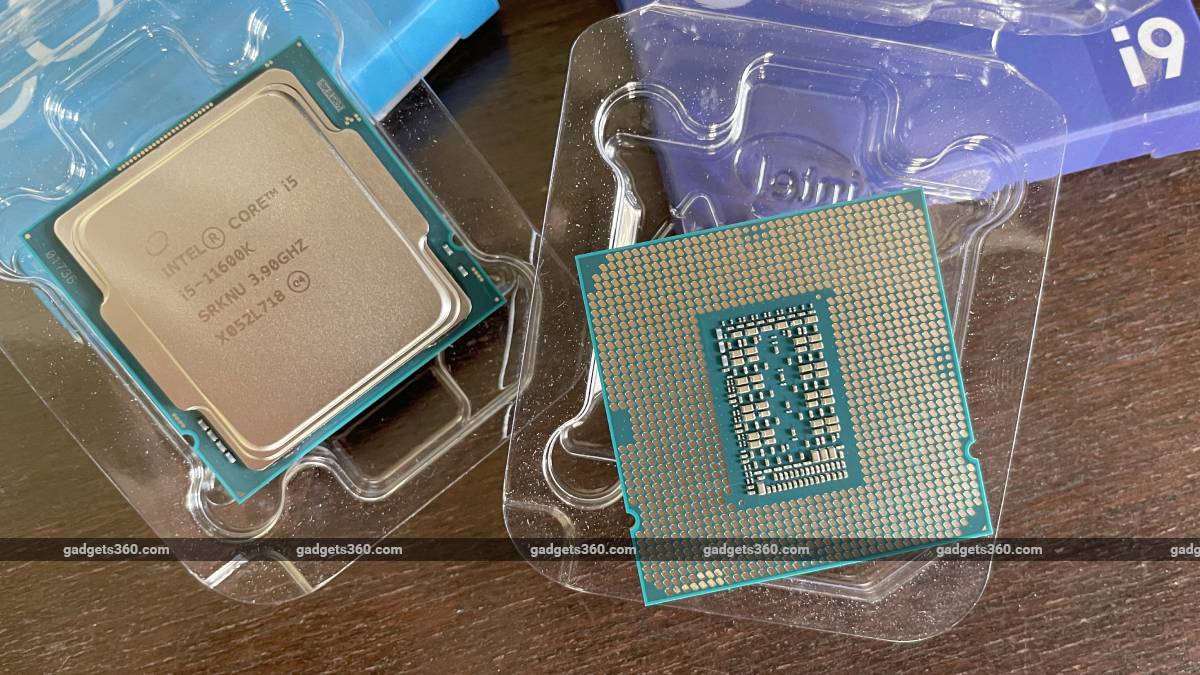
- #Intel power gadget not showing all cores full#
- #Intel power gadget not showing all cores pro#
- #Intel power gadget not showing all cores code#
- #Intel power gadget not showing all cores windows#
Intel Power Gadget is a software-based power usage monitoring tool enabled for Intel Core processors (from 2nd Generation up to 7th Generation Intel Core processors). With this release, we are providing functionality to evaluate power information on various platforms including notebooks, desktops.
#Intel power gadget not showing all cores windows#
IA temperature: 56.74 (54.60) degrees CelsiusĬore 0 frequency: 1836 MHz request: 1915 MHz temperature: 57 degrees Celcius utilization: 4.56 %Ĭore 1 frequency: 1805 MHz request: 1650 MHz temperature: 57 degrees Celcius utilization: 0.04 %Ĭore 2 frequency: 2380 MHz request: 2763 MHz temperature: 57 degrees Celcius utilization: 4.76 %Ĭore 3 frequency: 1930 MHz request: 1300 MHz temperature: 57 degrees Celcius utilization: 0.02 %Ĭore 4 frequency: 2036 MHz request: 2127 MHz temperature: 55 degrees Celcius utilization: 1.24 %Ĭore 5 frequency: 1902 MHz request: 2550 MHz temperature: 55 degrees Celcius utilization: 0.04 %Ĭore 6 frequency: 1951 MHz request: 2075 MHz temperature: 55 degrees Celcius utilization: 0.84 %Ĭore 7 frequency: 1691 MHz request: 2000 MHz temperature: 55 degrees Celcius utilization: 0.02 %Ĭore 8 frequency: 1891 MHz request: 1991 MHz temperature: 55 degrees Celcius utilization: 0.46 %Ĭore 10 frequency: 1592 MHz request: 1620 MHz temperature: 55 degrees Celcius utilization: 0.21 %Ĭore 12 frequency: 1859 MHz request: 1860 MHz temperature: 56 degrees Celcius utilization: 0.11 %Ĭore 13 frequency: 2214 MHz request: 1300 MHz temperature: 56 degrees Celcius utilization: 0.02 %Ĭore 14 frequency: 1684 MHz request: 1580 MHz temperature: 55 degrees Celcius utilization: 0.It is supported on Windows and OS X, and includes an application, driver, and libraries to monitor and estimate real-time processor package power information in watts using the energy counters in the processor. IA power: 2.84 Watts, energy: 2.85 JoulesĭRAM power: 1.34 Watts, energy: 1.34 Joules

Package power: 5.46 Watts, energy: 5.47 Joules IA temperature: 56.69 (55.59) degrees CelsiusĬore 0 request: 2091 MHz temperature: 57 degrees CelciusĬore 1 request: 1767 MHz temperature: 58 degrees CelciusĬore 2 request: 1856 MHz temperature: 57 degrees CelciusĬore 3 request: 2000 MHz temperature: 57 degrees CelciusĬore 4 request: 1969 MHz temperature: 56 degrees CelciusĬore 5 request: 2000 MHz temperature: 56 degrees CelciusĬore 6 request: 1976 MHz temperature: 55 degrees CelciusĬore 8 request: 1825 MHz temperature: 55 degrees CelciusĬore 10 request: 1650 MHz temperature: 56 degrees CelciusĬore 12 request: 1825 MHz temperature: 56 degrees CelciusĬore 13 request: 2000 MHz temperature: 56 degrees CelciusĬore 14 request: 1650 MHz temperature: 56 degrees Celcius Package temperature: 57.00 degrees Celsius

Package temperature: 60.00 degrees Celsius
#Intel power gadget not showing all cores full#
If you look at the full output from one sample you can see each core's frequency $ /Applications/Intel\ Power\ Gadget/PowerLog -resolution 1000 -duration 1 -verbose IA frequency: 1655 (1200.2600) MHz, request: 1650 (1300.2600) MHzīut also, as others have said, looking for a single frequency is over simplifying things. So to get your current frequency, this should work: $ /Applications/Intel\ Power\ Gadget/PowerLog -duration 1 -verbose | grep "IA frequency:" | head -1 It seems intended to generate csv files for later analysis, PowerLog.csv by default, but with the -verbose flag you can get the data directly in the shell.

After installing Intel Power Gadget, the tool is at /Applications/Intel Power Gadget/PowerLog. This lets you access all the data in the GUI, but doesn't require you to write your own code. Intel Power Gadget has a rather obscure PowerLog command line utility. You can of course log the spontaneous changes to the thermal throttling of CPU with pmset -g thermlog and then map that to the CPU specifications if you can gather them elsewhere. The boosts when a single core can run over clocked are less likely to be easily measured, but you can measure thermal throttling very simply with the thermal logging of pmset.
#Intel power gadget not showing all cores pro#
With 8 cores on many MacBook Pro and dozens of cores on the iMac Pro - you're boiling a ton of complexity down to one number.
#Intel power gadget not showing all cores code#
Since the code and each core of a CPU can and will change hundreds of times a second based on ephemeral load factors, power optimizations that consider what's visible on the screen, what network data arrives, the idea that a modern CPU even has one "common" clock rate at any one point in time seems to vastly over-simplify reality.

CPU interrupts on macOS are shaped in intervals of 150 ms and much of this detail is public from WWDC 2013 and later on power management, App Nap ( Session 209 in particular is both good and approachable) and battery life optimizations on macOS. I have to think this is a bit of an X Y question in that "What are you going to do once you get this number?" and want to answer that directly, but let's dive a bit into what you're trying to measure.


 0 kommentar(er)
0 kommentar(er)
